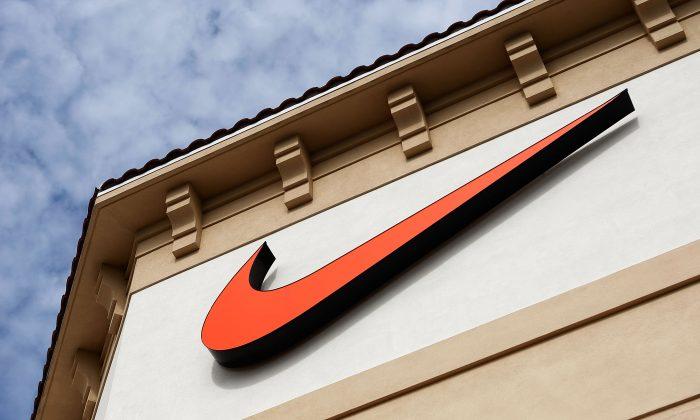The Dow Jones Industrial Average (DJIA) has been around since 1896. Every once in a while, the most popular gauge of U.S. stock market performance undergoes changes to reflect changes in the broader economy.
In the index’s biggest component shuffle in a decade, Alcoa Inc., Hewlett-Packard Co. (HP), and Bank of America Corp. will be removed as of Sept. 20.
S&P Dow Jones Indices, the company, which owns and operates the DIJA, determines changes in the 30-company index periodically via a committee. The reshuffle, taking effect after the close Sept. 20, will see Goldman Sachs Group Inc., Visa Inc., and Nike Inc. replace the three other companies.
“While stock selection is not governed by quantitative rules, a stock typically is added to The Dow only if the company has an excellent reputation, demonstrates sustained growth and is of interest to a large number of investors,” S&P Dow Jones states.
When it comes to reputation, all of the six companies tick the box, as their brands are recognized all over the United States and the globe. However, the financial performance of the three newcomers has been better than the companies they replace.
Another factor that influenced the committee’s decision is the way the index is calculated. The decision to shake up the components was “prompted by the low stock price of the three companies slated for removal and the Index Committee’s desire to diversify the sector and industry group representation of the index,” S&P Dow Jones told the Wall Street Journal.
Aluminum maker Alcoa closed Tuesday at $8.06, computer maker HP at $22.27, and financial firm Bank of America at $14.61. The stock prices are lower than sports apparel maker Nike at $66.82, credit card processor Visa $184.59, and investment bank Goldman Sachs $165.14.
The DJIA was first calculated with 12 members in 1896 by Charles Dow, the founder of the Wall Street Journal, using a price-weighted method. This mean that absolute changes in a stock’s price will determine the change in the index, which Tuesday closed just 3 percent below its Aug. 2 all-time high of 15,658. Higher prices mean bigger swings and bigger swings mean a higher DJIA, at least in a bull market such as the one we are currently experiencing.
If one stock moves $10 dollars from $100, it will outweigh the move of a stock from $10 to $12, even if the percentage change is higher and the latter stock has a higher market capitalization. By including higher priced stocks that have performed well and removing lower priced stocks, which have lagged, the DJIA is tilted to the upside.
To avoid a distortion in the index because of additions, removals, and stock-splits, the Dow components are divided by a coefficient, which can be modified to reflect the changes. As such, technical changes will not affect the price level and the DJIA will start trading Sept. 23 right where it left off, compensating for any actual changes in price.
Due to these limitations and despite the popularity of the DJIA, the S&P 500 is a more widely used index to measure the performance of mutual funds, as it is weighted by market capitalization.
“Despite the popularity of the Dow Jones Industrial Average in the press, it’s a lot less significant than an add to the Russell 2000 or an add to the S&P 500 because it’s just not an index that institutions benchmark to,” Phil Mackintosh, global head of trading strategy at Credit Suisse Group told the Wall Street Journal.
Alcoa, HP, and Bank of America Out of Dow Industrials
Index rebalancing adds Goldman Sachs, Nike, and Visa
The Dow Jones Industrial Average (DJIA) has been around since 1896. Every once in a while, the most popular gauge of U.S. stock market performance undergoes changes to reflect changes in the broader economy.


9/10/2013
Updated: 9/10/2013




Friends Read Free